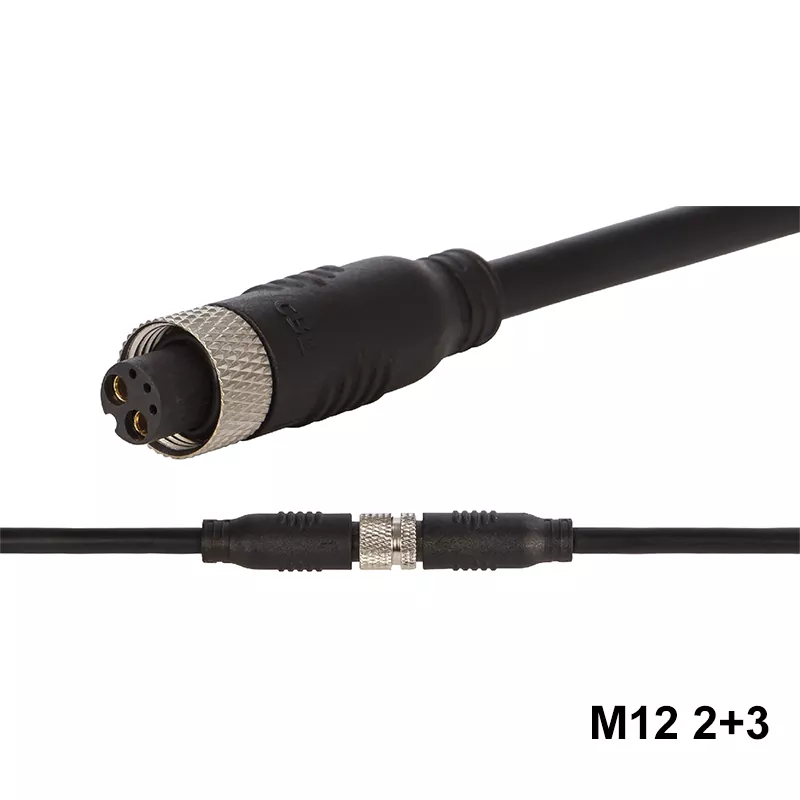How to Choose the Right Outdoor Signal Connector for Reliable Performance?
2025-03-04
In outdoor applications, signal integrity and durability are critical factors for ensuring seamless communication. An outdoor signal connector is designed to withstand harsh environmental conditions such as rain, dust, UV exposure, and temperature fluctuations, making it a vital component in telecommunications, surveillance systems, industrial automation, and military applications.
Key Features of an Outdoor Signal Connector
1. Weatherproof Design – Equipped with IP-rated sealing, these connectors protect against moisture, dust, and extreme temperatures.
2. Rugged Construction – Made from corrosion-resistant materials like stainless steel or high-quality plastic to endure outdoor conditions.
3. Reliable Signal Transmission – Designed to maintain stable electrical and data connections even in high-vibration environments.
4. Secure Locking Mechanism – Prevents accidental disconnections, ensuring a consistent and uninterrupted signal flow.
5. Easy Installation & Maintenance – Features quick-connect designs that simplify wiring and reduce downtime.
Applications of Outdoor Signal Connectors
- Telecommunications – Used in fiber optic and RF connections for outdoor communication networks.
- Surveillance & Security Systems – Ensuring reliable camera and sensor connections in outdoor environments.
- Industrial Automation – Supporting outdoor control systems and IoT devices in manufacturing and logistics.
- Aerospace & Military – Providing robust connectivity solutions for defense and aerospace applications.
- Renewable Energy – Used in solar and wind power systems to ensure stable data and power transmission.
How to Select the Right Outdoor Signal Connector?
1. Check the IP Rating – Choose IP67 or higher for complete protection against water and dust.
2. Consider the Material – Metal connectors offer higher durability, while plastic connectors provide lightweight and cost-effective solutions.
3. Match the Connector Type – Ensure compatibility with cables, signal types, and power requirements.
4. Evaluate Temperature Resistance – Select connectors that operate efficiently in extreme heat or cold.
5. Look for EMI Shielding – For high-frequency signals, connectors with electromagnetic interference shielding prevent data loss.
Choosing the right outdoor signal connector ensures secure, stable, and long-lasting connections, even in the most challenging environments. Whether you're setting up communication networks, security systems, or industrial automation, investing in a high-quality, weatherproof signal connector can enhance performance and reduce maintenance costs.



